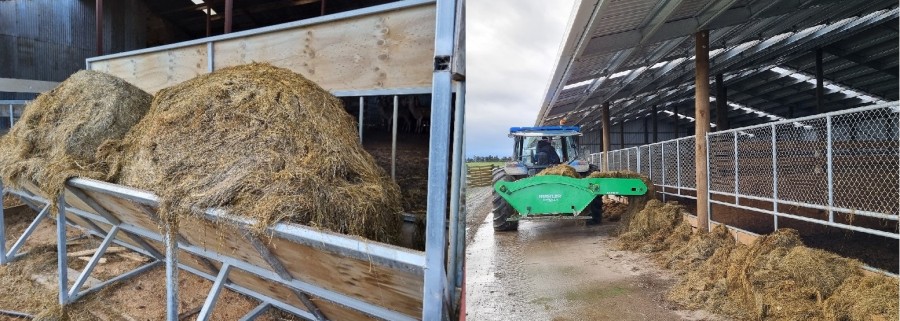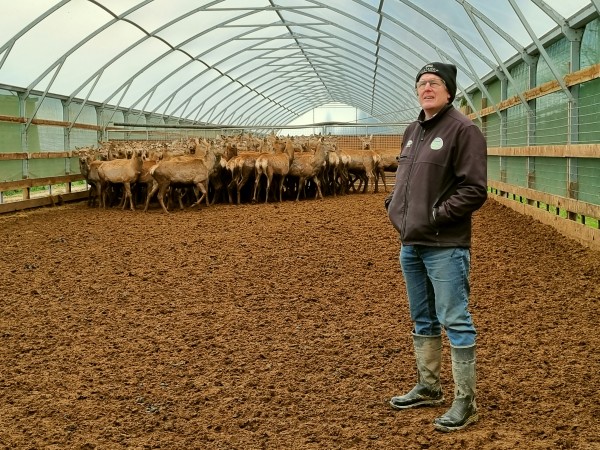Winter can be a critical time for soil erosion, stream pollution and animal welfare on livestock farms. Some wintering systems, especially brassica and fodder beet crops, pose particular risks to water quality with exposed soils becoming saturated, pugged and carried away during heavy or prolonged rain into waterways. As well as carrying soil particles, this runoff contains high levels of phosphorus, nitrogen and bacteria that are a risk to downstream water quality.
Getting it right during winter
Designing wintering feed systems
Wintering deer indoors
Winter storms
Winter feed pads
Sediment ponds
Stock access to waterways
More resources
To download the module and related documents, click on the links below:
To download our handy Deer Fact sheets on winter grazing management and good environmental practice, click on the links below:
- Intensive winter feeding: minimising the environmental risk >>
- Planning for winter: best options for deer and their environment >>
- Protecting waterways from wallow and feed pad run-off >>
- Effective nutrient management on deer farms >>
- Farm Environment Plans: the whys and hows of preparing them >>
- Fence-pacing: costs and solutions >>
- Indoor wintering >>

 A growing number of deer farmers are investing in indoor wintering systems.
A growing number of deer farmers are investing in indoor wintering systems.

